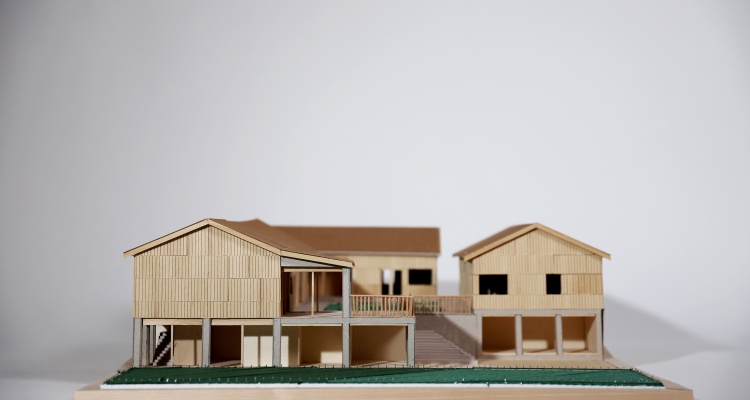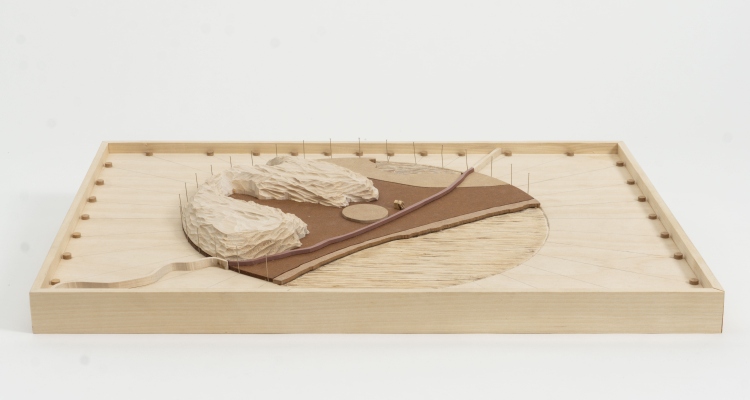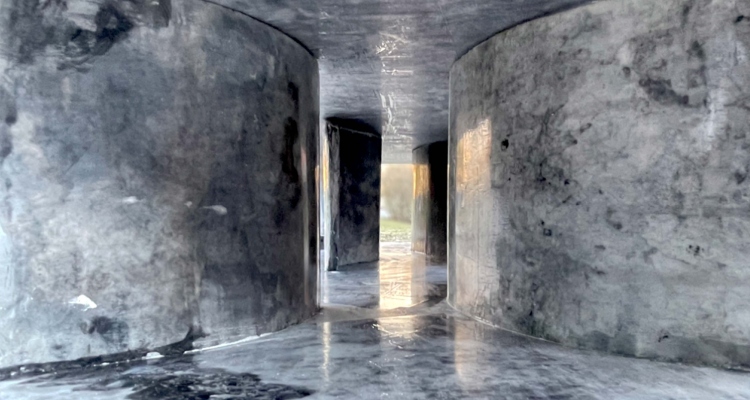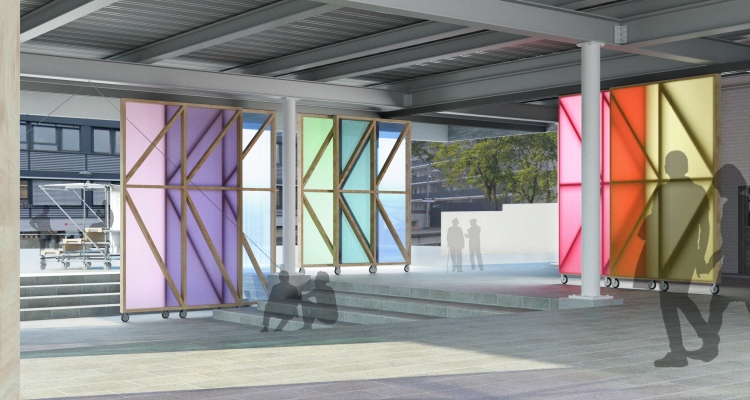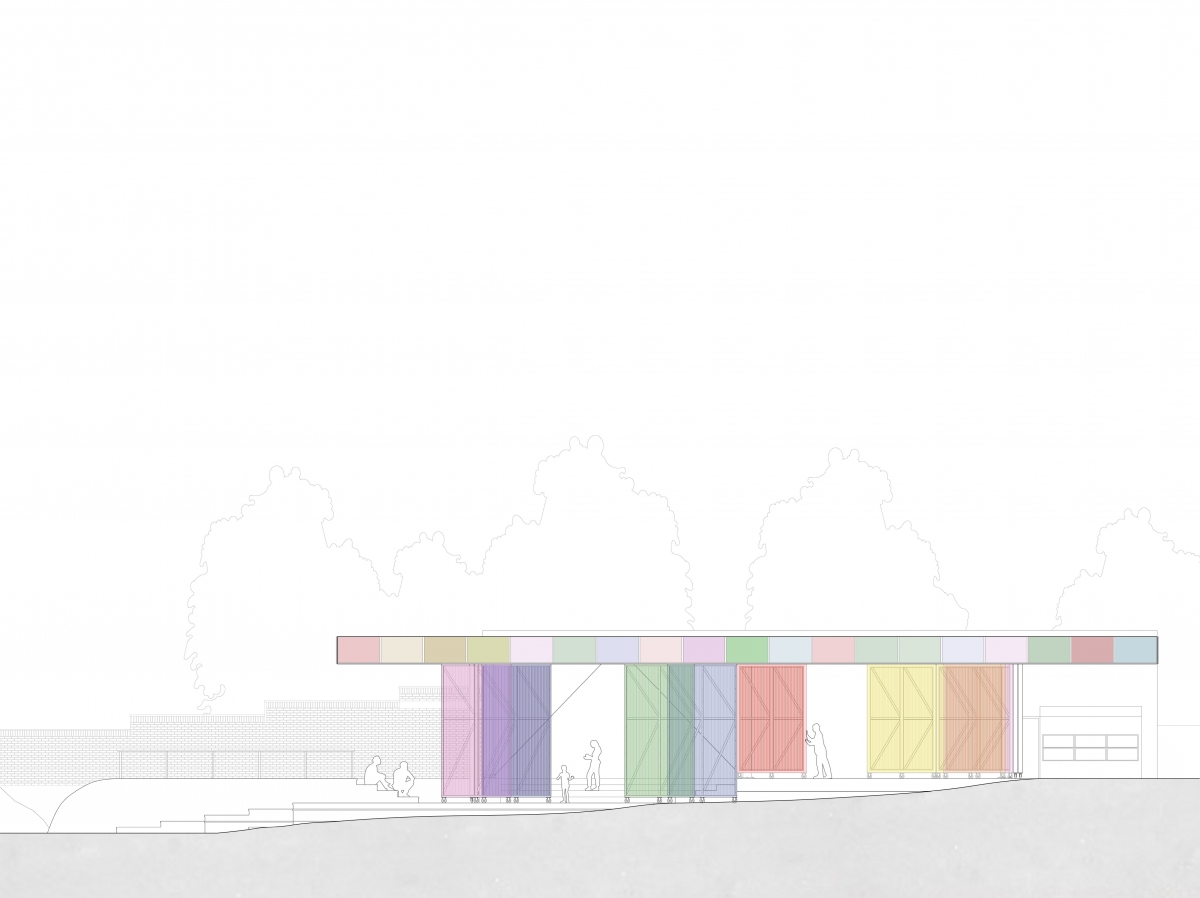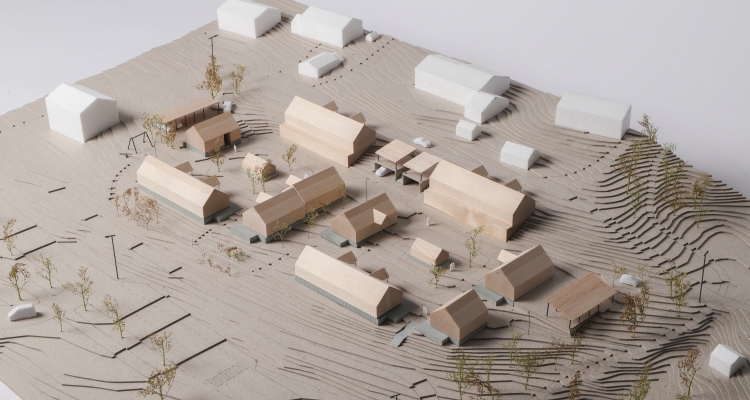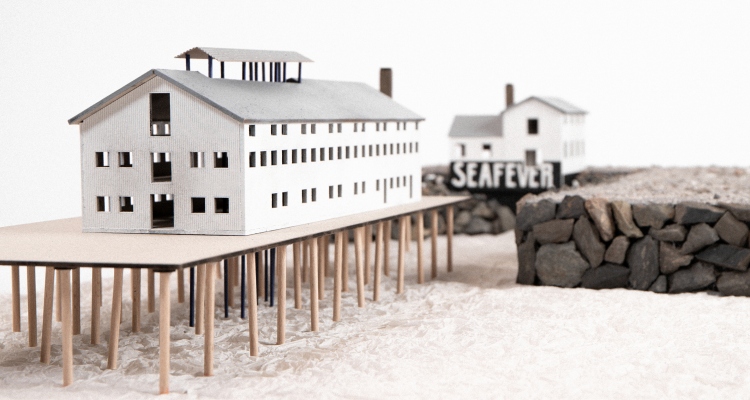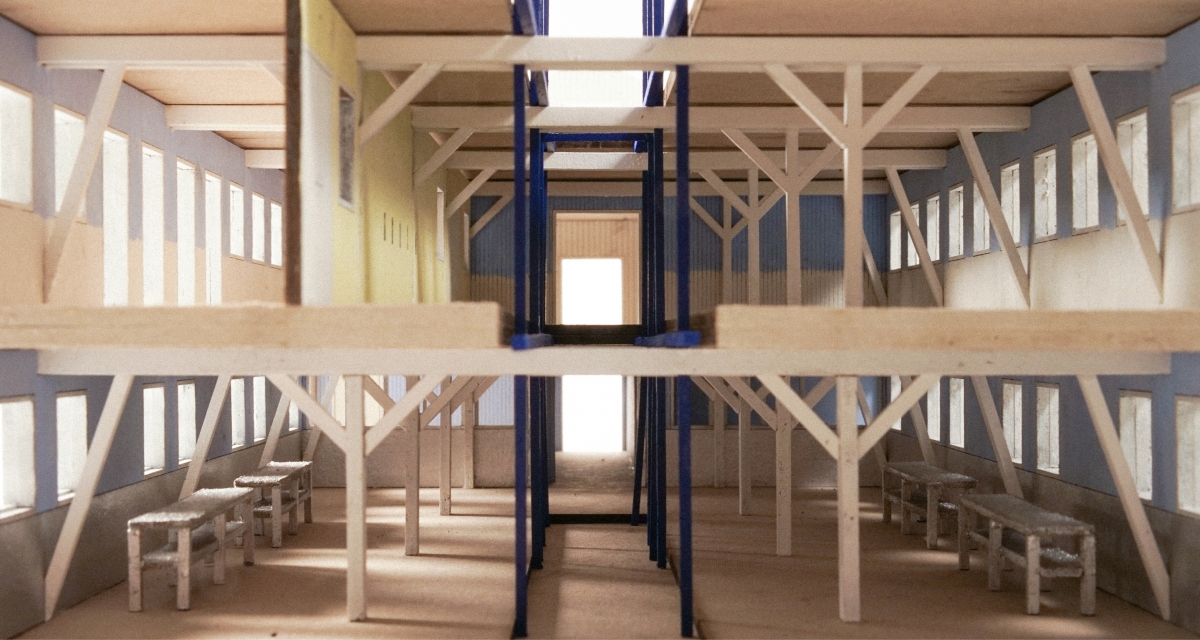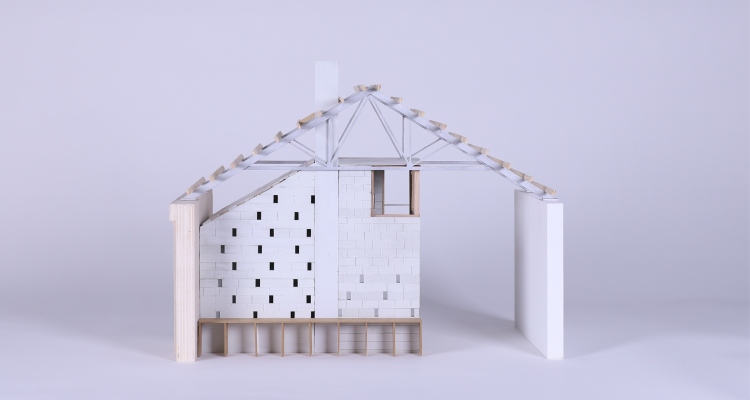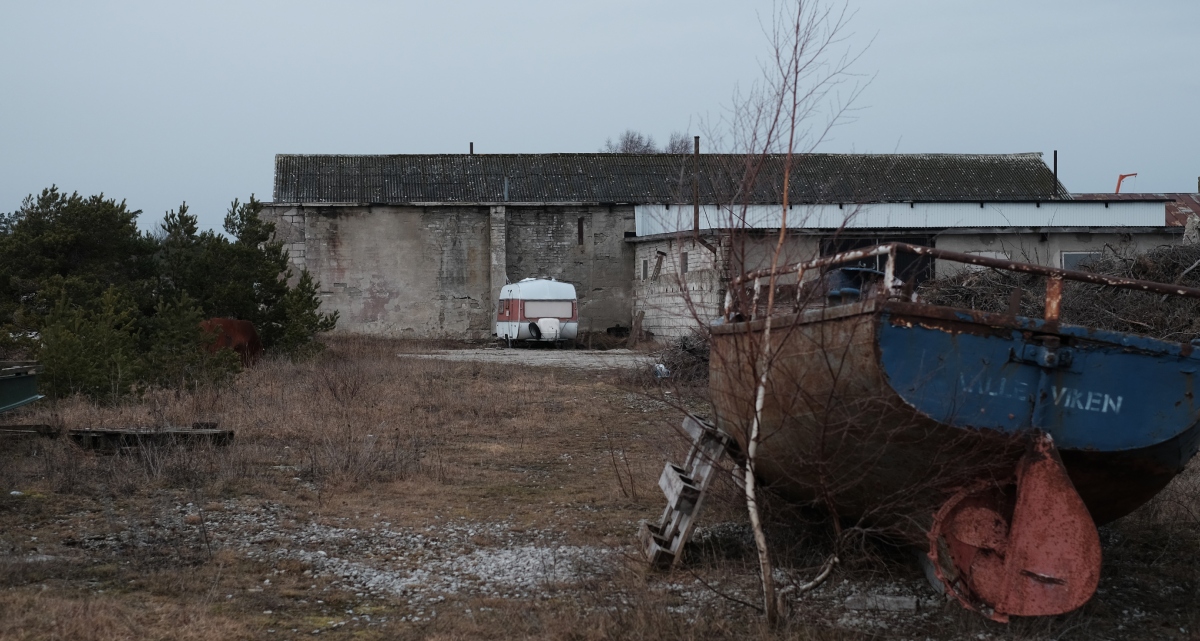Introduction:
This diploma focuses on exploring the future development of Kvitsøy Municipality in light of a national infrastructural project that will establish a direct connection to the Stavanger metropolitan area. By documenting the growth of cities into peripheral areas and studying its impact on the landscape, the project aims to identify structures and thresholds within the cultural landscape to utilize. The objective is to examine how these structures and boundaries can coexist harmoniously with a future neighbourhood on the islands.
This diploma focuses on exploring the future development of Kvitsøy Municipality in light of a national infrastructural project that will establish a direct connection to the Stavanger metropolitan area. By documenting the growth of cities into peripheral areas and studying its impact on the landscape, the project aims to identify structures and thresholds within the cultural landscape to utilize. The objective is to examine how these structures and boundaries can coexist harmoniously with a future neighbourhood on the islands.

